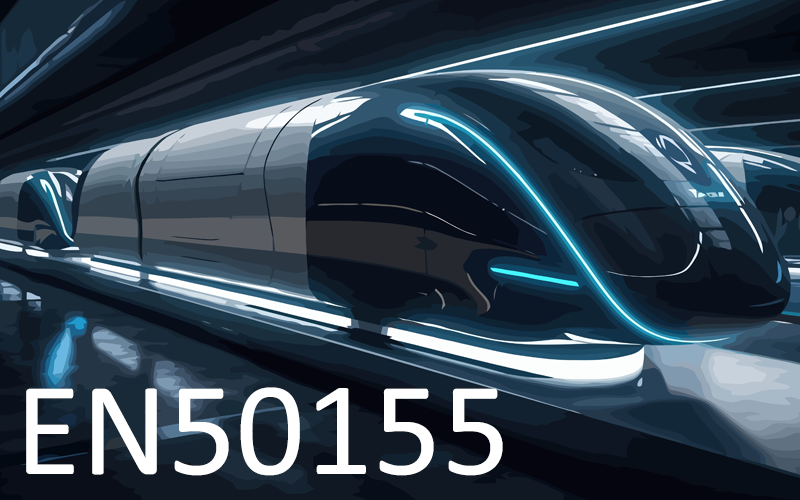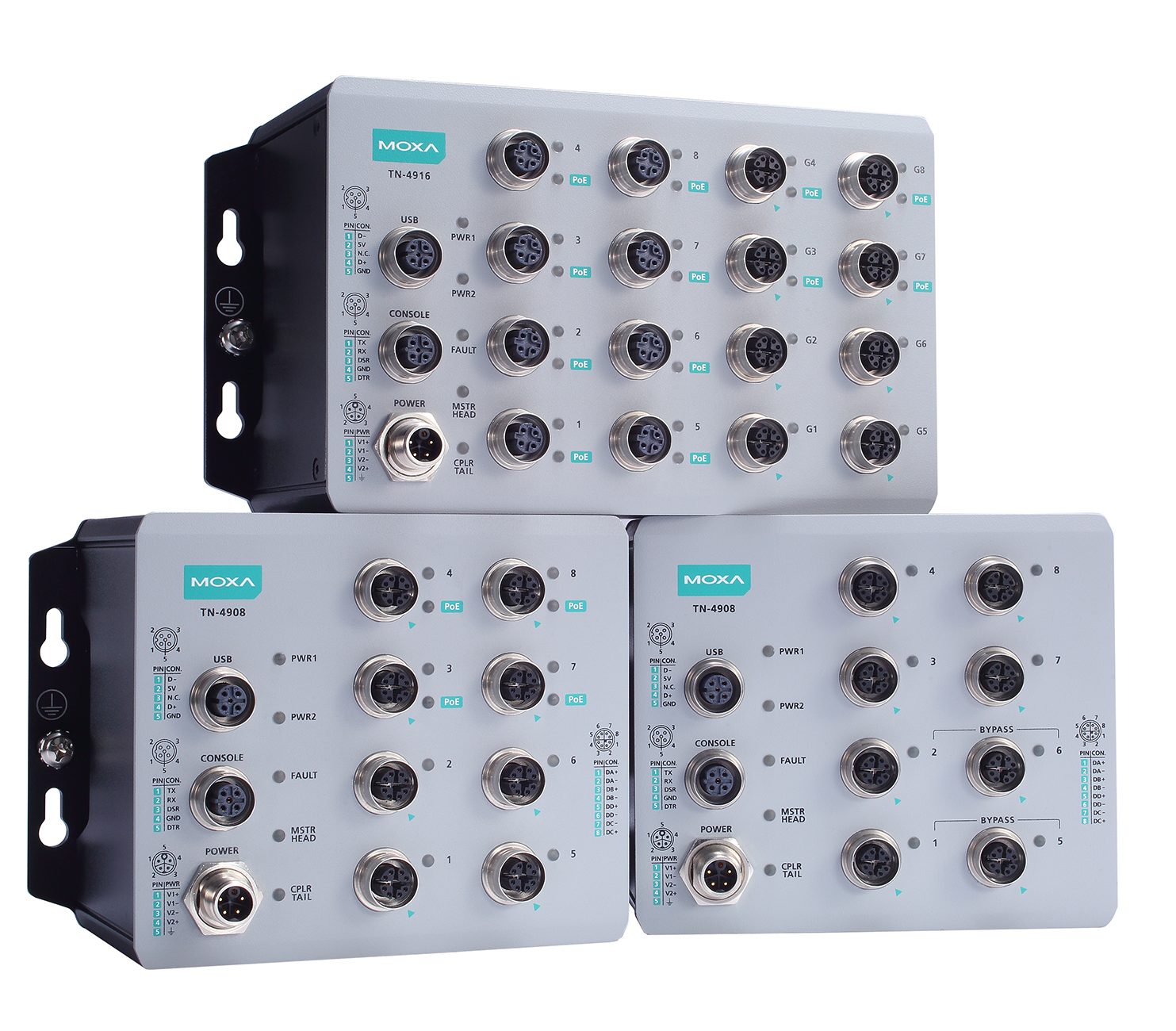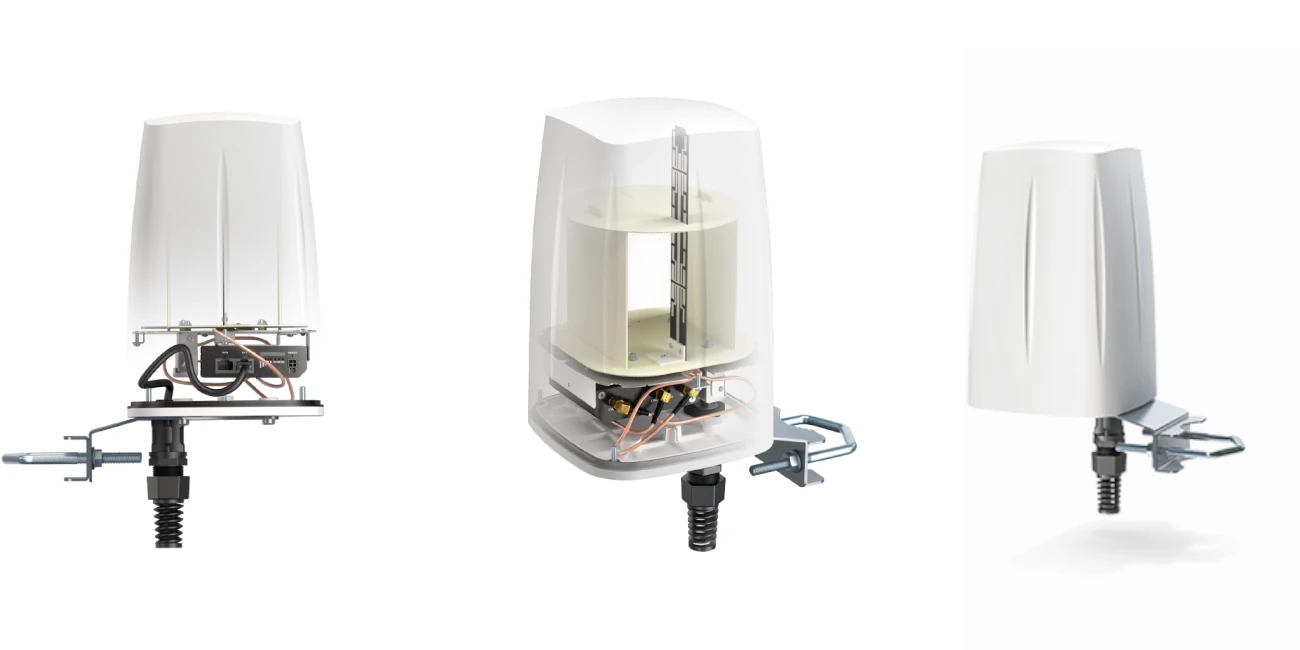The Backbone of Railway Network Infrastructure
EN 50155 is a European standard that specifies the environmental and mechanical requirements for electronic equipment used in railway applications. Switches are a critical component of railway networks, enabling communication and data transfer between various systems and devices. EN 50155 switches are specifically designed to meet the rigorous demands of the railway environment, ensuring reliable and robust operation in harsh conditions.
Key Features of EN 50155 Switches:
- Rugged Construction: EN 50155 switches are built to withstand shock, vibration, and extreme temperatures, making them suitable for use in moving trains and harsh outdoor environments.
-
Wide Operating Temperature Range: These switches can operate reliably in temperatures ranging from -40°C to +70°C, ensuring consistent performance in various climatic conditions.
- EMI/EMC Compliance: EN 50155 switches are designed to meet strict electromagnetic interference (EMI) and electromagnetic compatibility (EMC) standards, minimizing interference with other electronic systems.
- M12 Connectors: These switches typically use M12 connectors, which are known for their durability and reliability in harsh environments.
- Power Over Ethernet (PoE): Many EN 50155 switches support PoE, allowing for the simultaneous transmission of data and power over a single Ethernet cable, simplifying installation and reducing wiring costs.
- Various Port Configurations: EN 50155 switches are available with different port configurations, including 2-port, 4-port, 8-port, and 16-port options, to meet the specific requirements of different applications.
- Managed and Unmanaged Versions: Managed switches offer advanced features like VLANs, QoS, and security, while unmanaged switches provide basic connectivity without configuration options.
Applications of EN 50155 Switches:
- Train Control and Signaling: EN 50155 switches are used in train control systems, signaling systems, and trackside equipment to ensure safe and efficient train operations.
- Passenger Information Systems: These switches are used in passenger information systems to provide real-time updates on train schedules, delays, and platform information.
- Onboard Systems: EN 50155 switches are used in onboard systems such as passenger entertainment systems, security systems, and communication systems.
- Maintenance and Diagnostics: These switches are used in maintenance and diagnostic systems to monitor the health of various equipment and detect potential problems.
Choosing the Right EN 50155 Switch:
When selecting an EN 50155 switch, it is important to consider the following factors:
- Number of Ports: Determine the required number of ports based on the number of devices to be connected.
- Power Requirements: If PoE is needed, ensure the switch supports the required PoE standard (e.g., PoE, PoE+, PoE++).
- Management Features: Decide whether managed or unmanaged features are necessary based on the level of control and configuration required.
- Environmental Conditions: Consider the operating temperature range, shock and vibration resistance, and other environmental factors.
- Certification: Ensure the switch is certified to EN 50155 to guarantee compliance with the standard’s requirements.
By carefully considering these factors, you can select the most suitable EN 50155 switch for your railway application.







